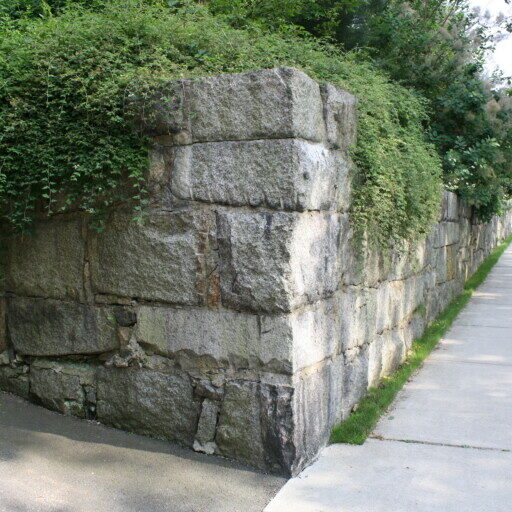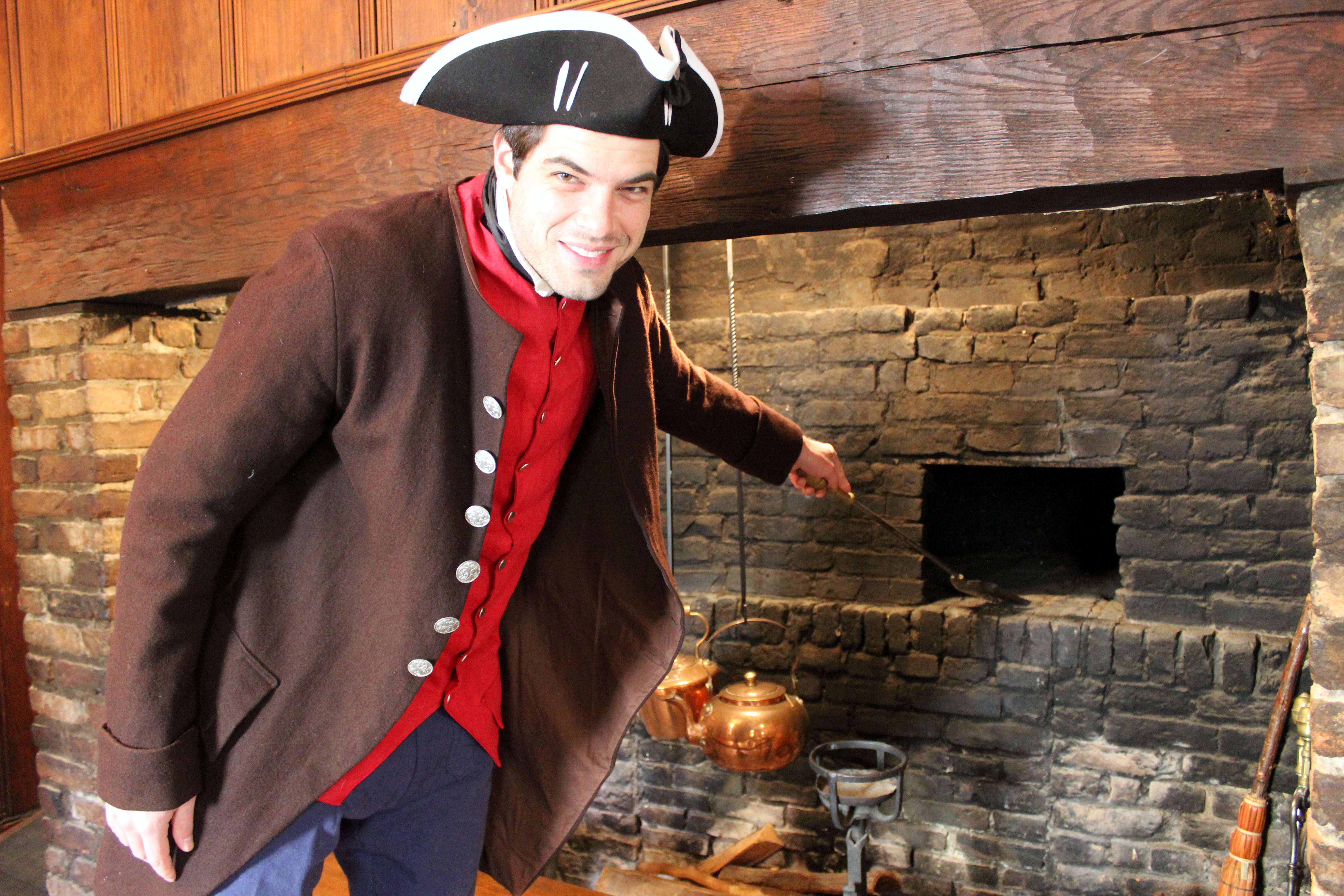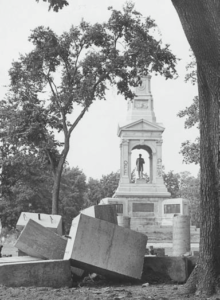
A Reservoir’s Wall on Reservoir Street
By Michael Kenney, 2013
On a summer day, the passerby on Reservoir Street will find an embankment of wildflowers and shrubs filling the slope behind a massive granite retaining wall.
That wall, broken at one point by a driveway rising and turning out of sight, is what remains of the reservoir that supplied water to Cambridge homes for nearly a half-century. None of the houses on the nearby streets had been built when the reservoir was constructed.
By the 1850s, Cambridge had outgrown its patchwork water supply, which depended largely on wells. The Cambridge Water Works, a private company, was chartered to build a distribution system, and by 1855 it had a pumping station on the shore of Fresh Pond. From it, a 12-inch pipe climbed some 73 feet to the reservoir, which had a capacity of 1.7 million gallons. The company was not a success, and in 1867 the city took it over and expanded the reservoir with a second chamber alongside the first. The foundation of that reservoir is what we see today.
But by the 1880s, Cambridge – and its need for water – was growing, prompting the city to acquire watershed land in towns to the west.
With oratorical flourish, Mayor William Russell described the future of city water in 1887: “Old Fresh Pond, that has been giving to us almost [all] of her life-blood, feels today the impulse of renewed vigor, and knows that in her days of exhaustion and seeming old age, there stand behind her the hills of Weston, from whose gentle slopes the rains of Heaven shall flow to give her unfailing strength and perennial youth.”
Russell then intoned a familiar sentiment: “The springs of the hills have come unto us to refresh us.”
After the Stony Brook-Payson Park system was functioning in 1897, the city dismantled the reservoir. The entire lot reverted to the heirs of its prior owner and was sold to a former mayor, Alvin F. Sortwell, who built a large house that was taken down in 1948. By 1958, three modern houses stood on the site.
In 2006, an abutting homeowner acquired part of the still-empty reservoir site to prevent the construction of several houses. After studying the matter, the Historical Commission approved a curb-cut to provide access through the lot and decided that action “to designate the property as a protected landmark” was not necessary, given “the owner’s willingness to maintain and protect the wall in its current configuration.” The owner’s landscape architect, Alice Pickman, designed the present wildflower meadow.






